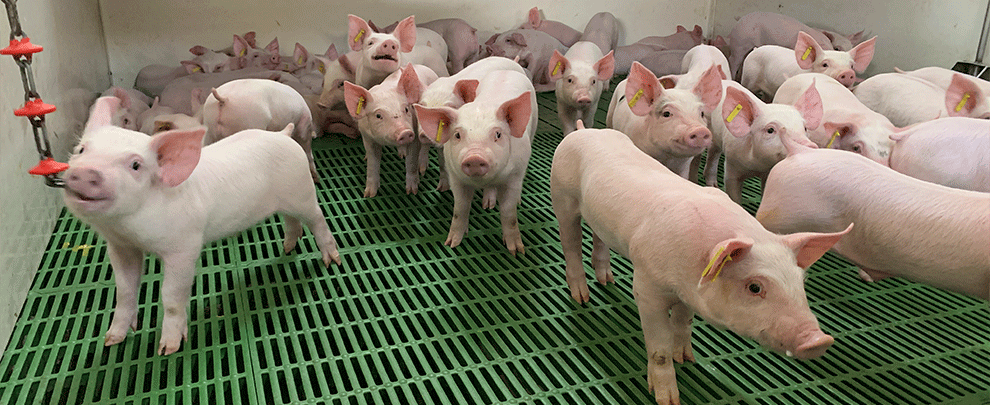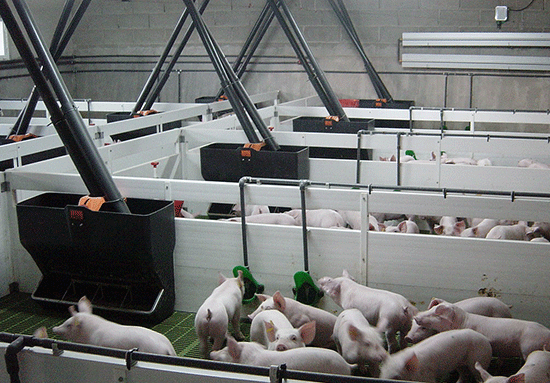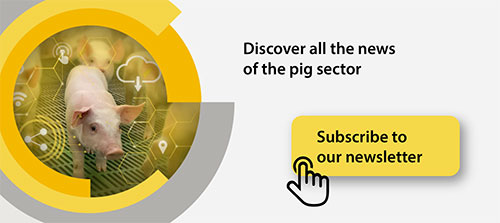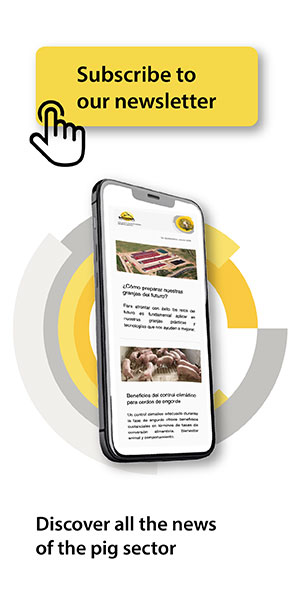Blog
Blog

Animal welfare, a driver of competitiveness in Latin America’s swine sector
15th October 2025 - News
The region’s pork sector is experiencing a moment of great opportunity thanks to its growth potential, driven by rising domestic consumption and expanding agri-food exports. Farms have evolved in scale, genetics, animal health, and automation, but consumers now demand more: it is no longer enough to produce more and cheaper, it is essential to produce better, following principles of food safety, traceability, sustainability, and animal welfare.
The transformation of consumption and global trends shaping the pork market
More and more consumers value not only the price or safety of what they eat but also how it is produced. Sustainable production and animal welfare in pig farming have become decisive purchasing factors, and consumers are willing to pay more for products with an ethical origin.
Global trends in the pork market are clear: consumers are demanding animal products obtained under high animal welfare standards. Major international retailers have set deadlines for purchasing pork only from systems free of gestation crates, and the European Union is moving toward eliminating routine mutilations and the use of farrowing crates.
Animal welfare: an opportunity for competitiveness and differentiation
Latin America is at a crossroads. While gaps remain in the adoption of animal-welfare measures, there is also a major opportunity for differentiation and leadership. The region can leverage its scale, competitive costs, and investment capacity to implement high-welfare standards, gaining access to premium markets and sustainable export contracts.
Animal welfare should not be seen as a cost but as a competitive advantage. Farms that adopt good practices achieve higher pork yields per sow, better feed conversion ratios, lower resource use, and a reduced environmental footprint. Improving animal conditions (such as eliminating permanent gestation crates, avoiding rough handling, and optimizing ventilation and thermal comfort) increases productivity and reduces losses. In addition, incorporating positive stimuli such as environmental enrichment or providing more space for movement generates further improvements. These measures should be assessed strategically, based on the added value that consumers are willing to pay for.

Facilities play a fundamental role in animal welfare. Photo: Rotecna.
Priority actions to enhance swine welfare
- Group-confirmed gestation, allowing movement within pens.
- Free farrowing systems that improve sow welfare and piglet access to the udder.
- Litter mixing during farrowing to reduce weight variability and improve survival rates.
- Suitable environments with proper ventilation, temperature, humidity, and constant access to clean water and quality feed.
- Enrichment materials (chains, ropes, or chopped straw) that encourage natural behaviors.
Each of these actions directly impacts key performance indicators (KPIs) and should form part of a transition plan toward high-welfare systems.
Productive and economic effects of welfare improvements
Animal-welfare-oriented facilities are a strategic investment, not an expense. Although capital costs represent only 4–8% of total production, their impact on results is significant:
- Higher farrowing rates and productivity.
- Lower mortality and longer sow longevity.
- Improved feed conversion in finishing stages.
- Lower staff turnover and better working environment.
The challenge is not always technical but cultural. Moving from mandatory compliance to leadership in animal welfare requires training, commitment, and business vision. Farms that invest in staff development and foster a culture of innovation achieve sustainable results and greater international competitiveness. Implementing responsible swine production ensures the future of the industry in a demanding global market. Investing in animal welfare means investing in the productivity, profitability, and reputation of Latin America’s pork sector. If the region acts now, it can establish itself as a global benchmark in sustainable, ethical, and competitive pork production.








